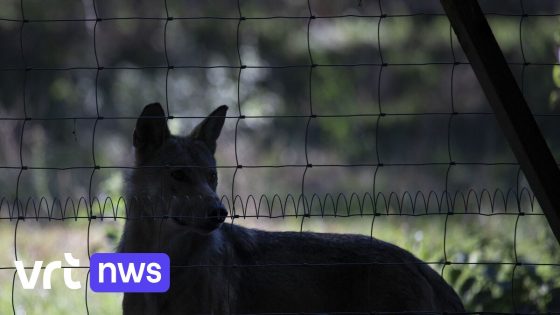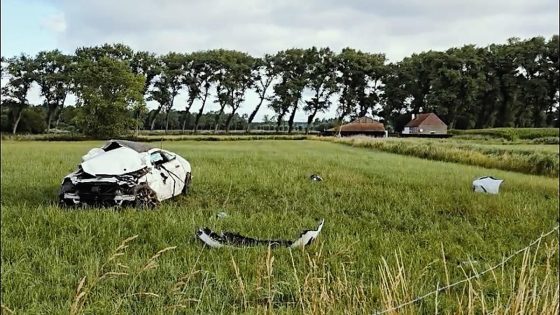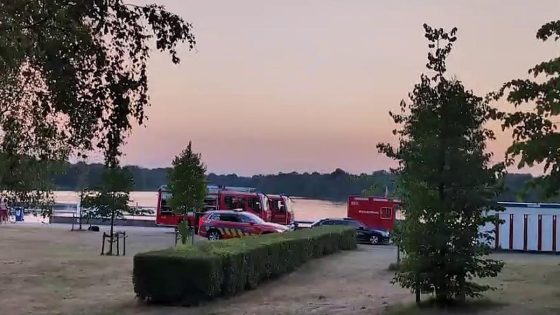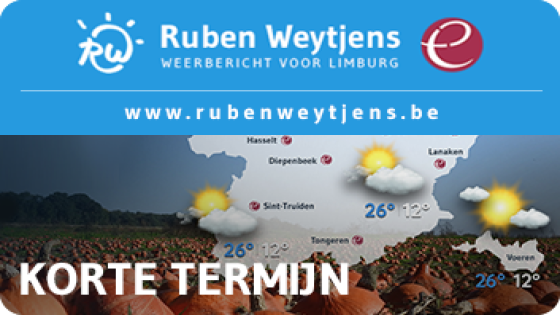The discussion around wolf presence in Belgium’s Merode area has intensified recently. Kempense CD&V politicians Mien Van Olmen and Stein Voet are pushing for all municipalities in the Merode region to be designated as wolf risk zones. This change would allow local farmers to access subsidies for installing wolf-proof fencing, aiming to protect livestock more effectively.
- Kempense CD&V-politici vragen risicogebieduitbreiding
- Gemeenten Merodegebied willen wolfwerende subsidies
- Veehouders krijgen steun voor omheiningen plaatsen
- Aanval kalf Herselt vermoedelijk door hond
- Agentschap Natuur en Bos ziet geen wolven
- Geen concrete wolvensignalen in regio gevonden
However, on 2025-07-28 13:17:00, the Agentschap Natuur en Bos clarified that a recent calf attack in Herselt was likely caused by a dog, not a wolf. So far, there is no concrete evidence confirming wolf activity in the region. This raises important questions about how to balance precaution with accurate wildlife monitoring.
With concerns growing, what are the real risks for farmers in the Merode area? And how should authorities respond to ensure both wildlife protection and agricultural safety? The following fast answer provides clarity.
Is it premature to label the entire Merode area a wolf risk zone? While precaution is important, the lack of evidence suggests caution in policy changes. Key points to consider include:
- Subsidies could help farmers invest in protective measures early.
- Misidentifying attacks may lead to unnecessary alarm and costs.
- Accurate monitoring is essential to track wolf presence reliably.
- Balancing nature conservation with farming interests remains a challenge.
Going forward, authorities and local stakeholders should enhance monitoring efforts and dialogue. This will ensure any wolf-related policies are based on solid evidence and address farmers’ needs responsibly. How can communities stay informed and prepared as the situation evolves?

































